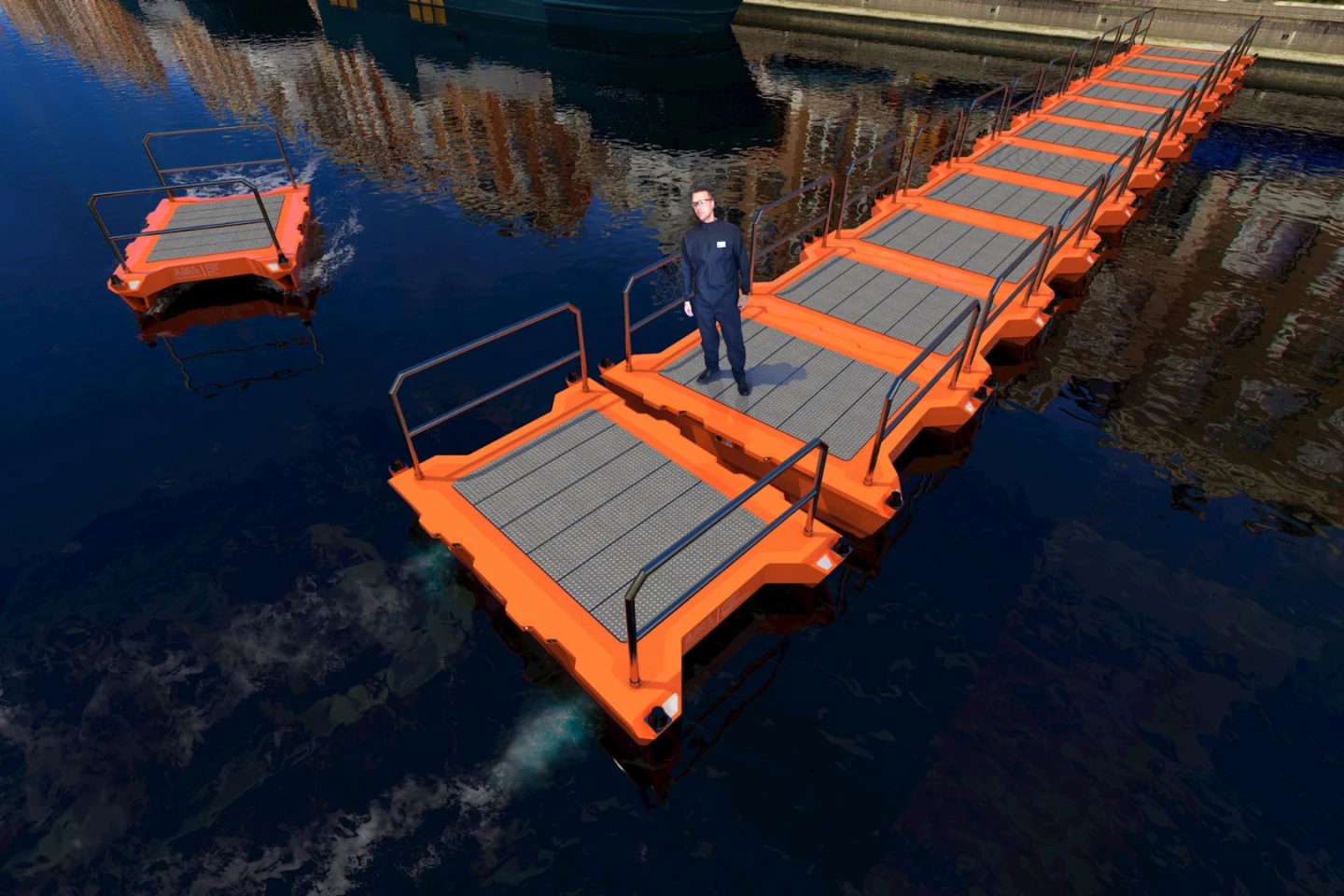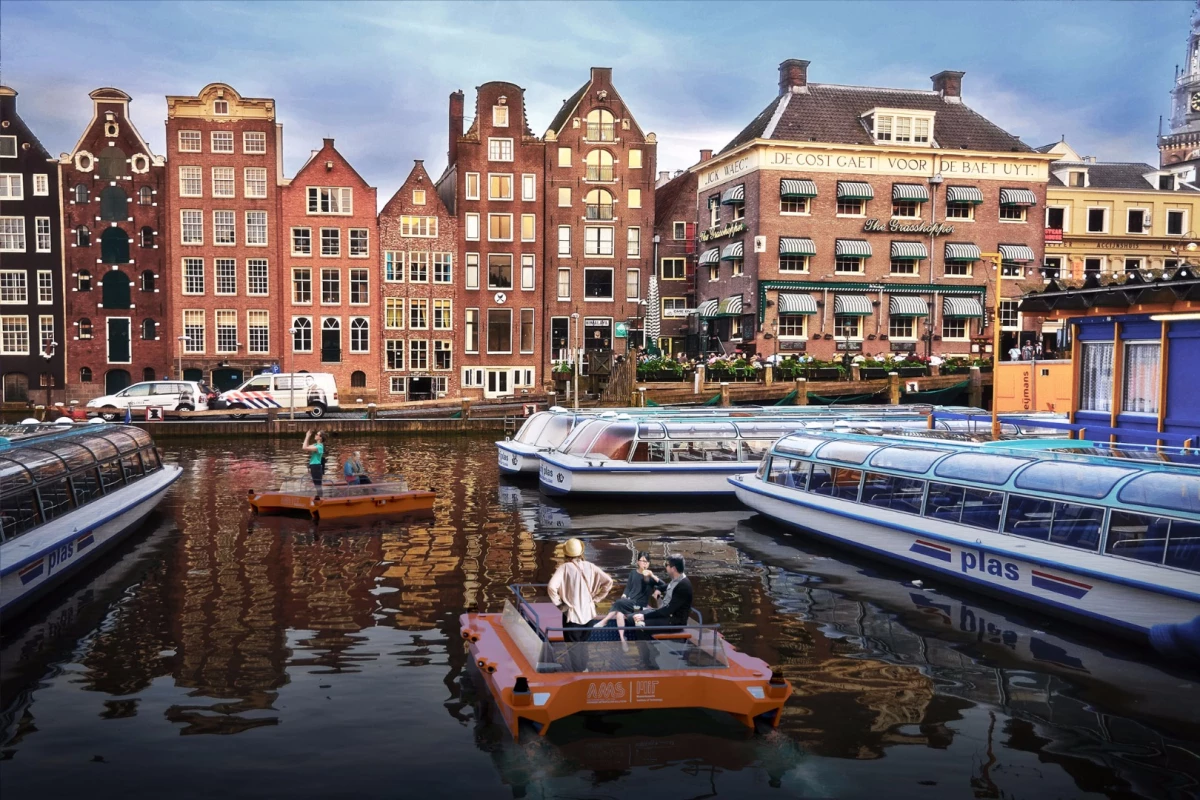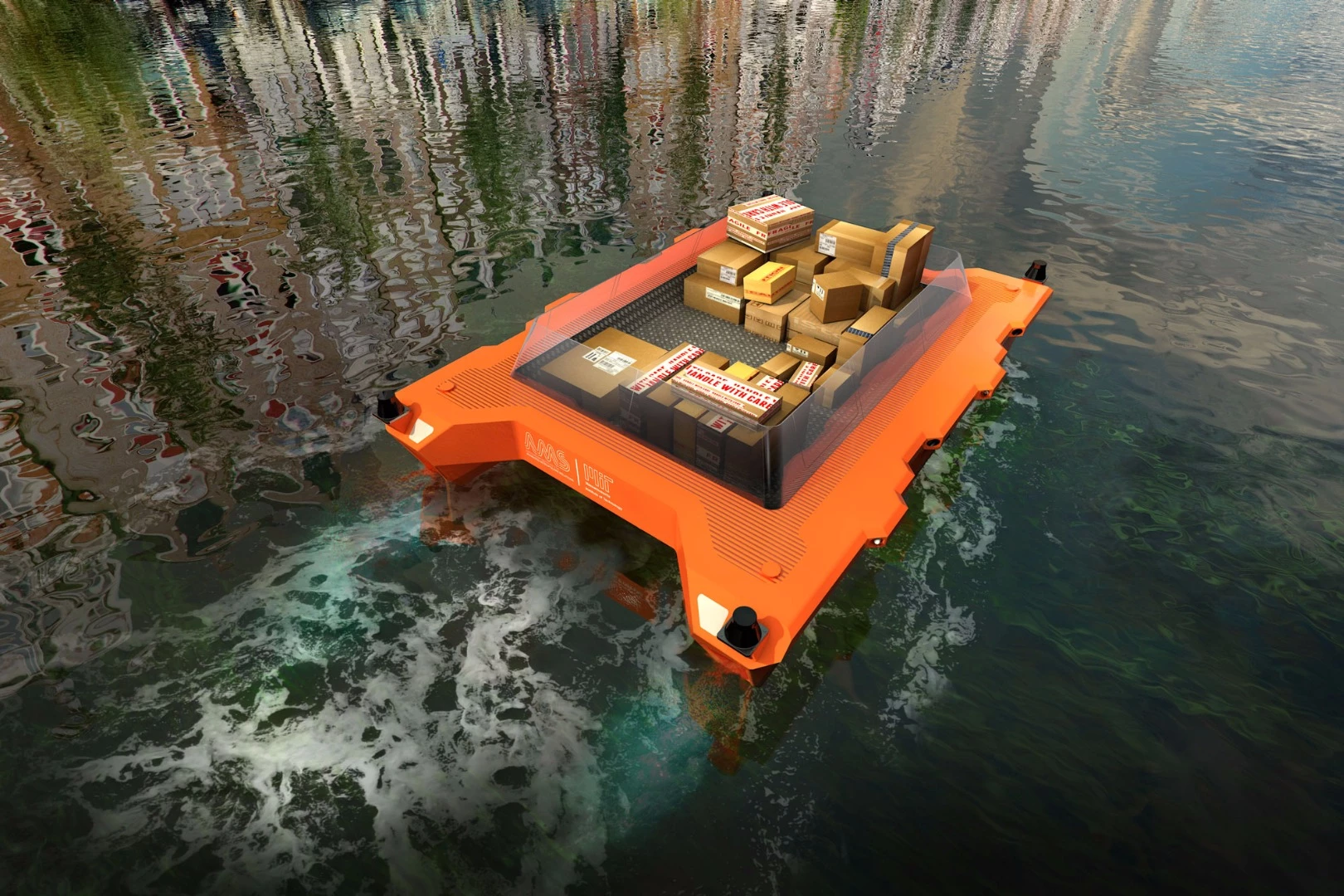Autonomous cars are generating a lot of headlines at the moment, but they aren't the only vehicles being freed from the shackles of human control. In what is billed as the world's first major research program on autonomous floating vessels in metropolitan areas, autonomous boats will soon be deployed to self-navigate the winding canals of Amsterdam, Netherlands.
The €25 million (US$28 million) Roboat research program will be carried out over the course of five years. It will look at the potential of using autonomous craft for transporting people and moving goods, while also investigating the potential of portable infrastructure and environmental sensing.
The thinking behind research into portable infrastructure is to come up with new ways to extend the shoreline through temporary structures like on-demand stages, bridges and platforms that can quickly be assembled and dismantled. These could be used on occasions when a city's population has increased for some reason, such as during rush hour or a festival.

The research into environmental sensing, meanwhile, will investigate how the so-called Roboats can be used to gather data on things like water quality, air quality and noise. This could in turn be used to tackle things like floating waste, come up with better ways to dredge the 12,000 bikes that end up in the canals each year and, with the help of underwater robots, detect waterborne diseases.
The program is a joint effort between the Amsterdam Institute for Advanced Metropolitan Solutions (AMS Institute), MIT, Delft University of Technology and Wageningen University and Research. Waternet, the City of Amsterdam and the City of Boston are also supporting the program.
According to the AMS Institute, the research will see Roboats of different sizes and shapes tested with a view to seeing which versions work the best. You can expect the first autonomous vessels to set sail next year.
Source: AMS Institute






